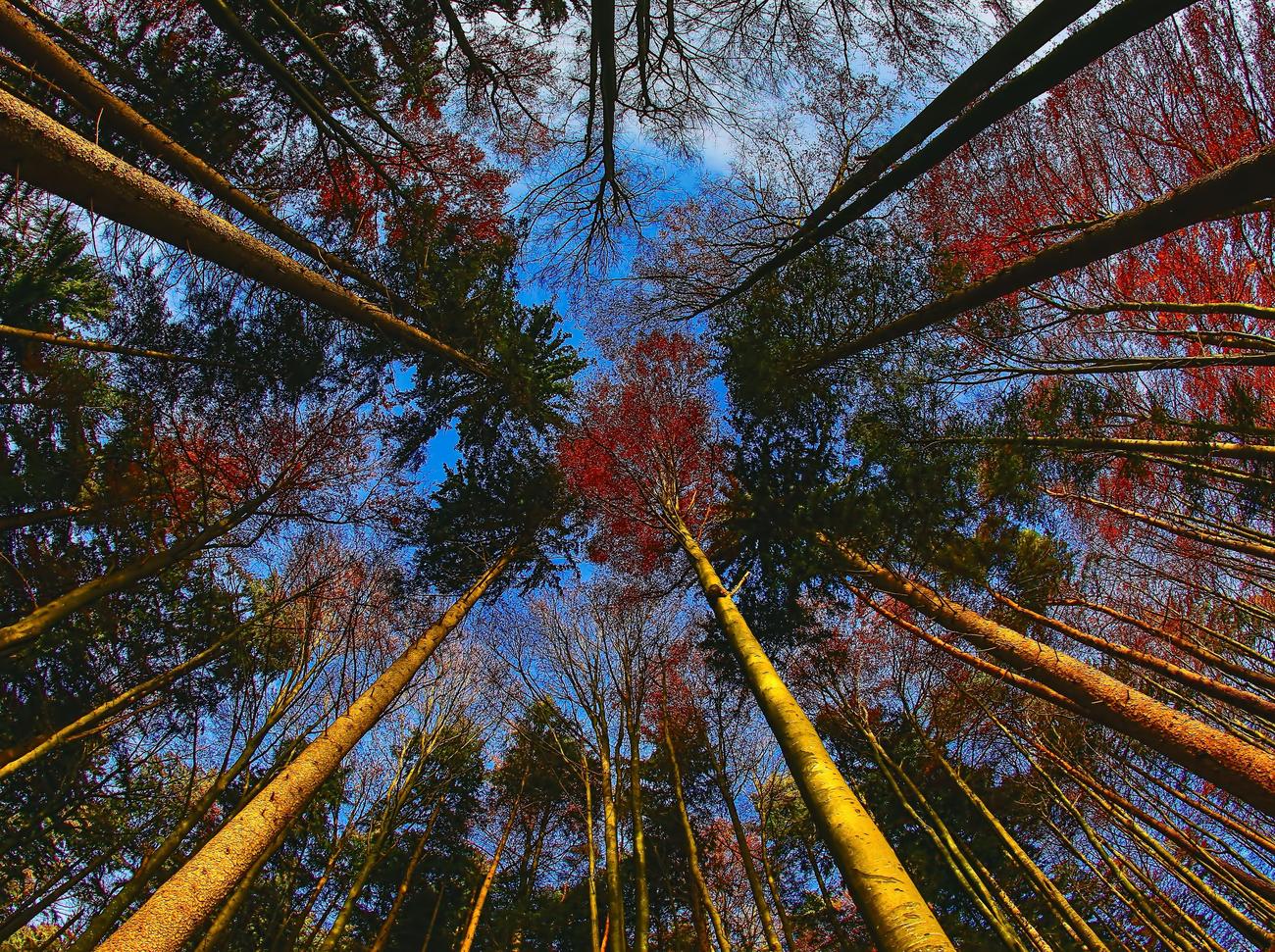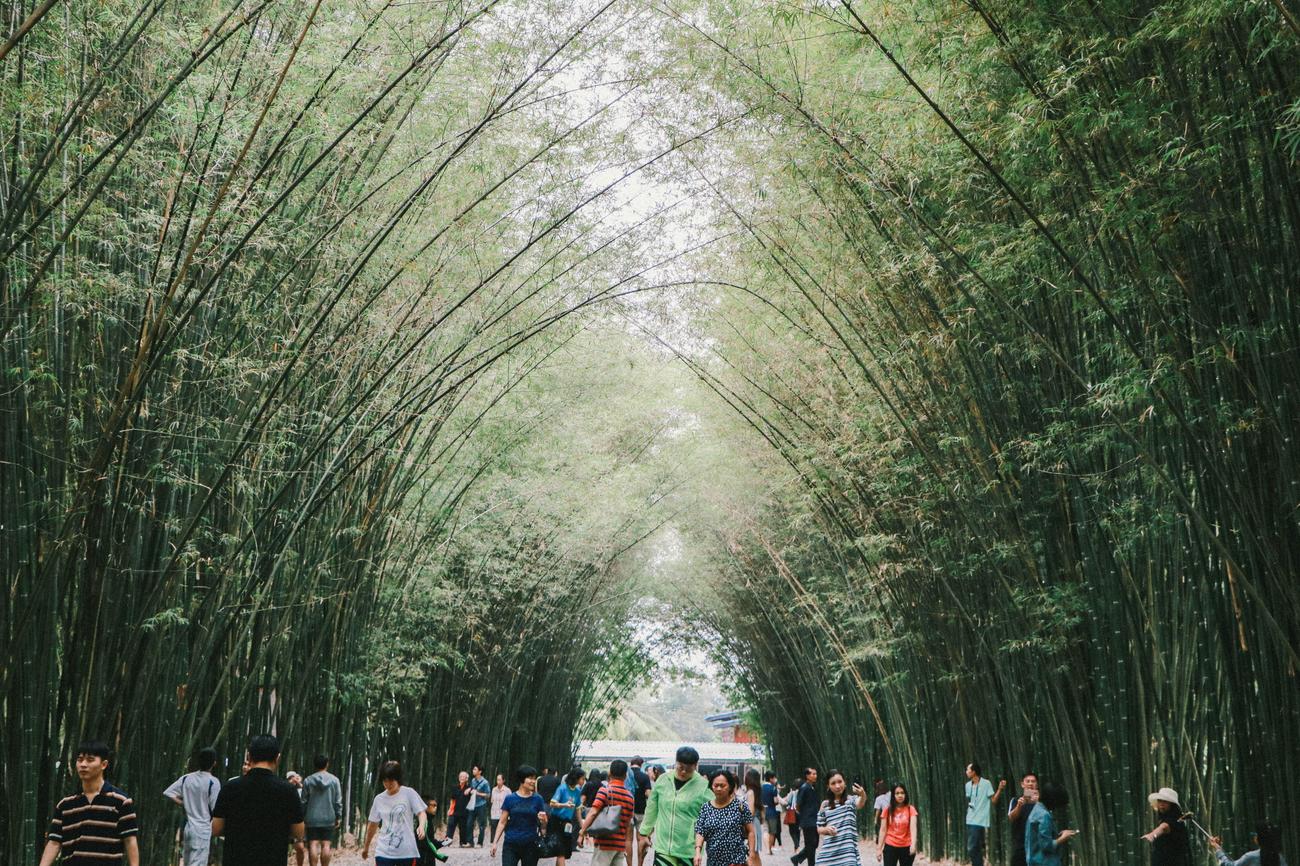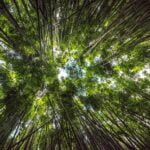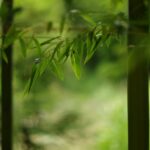Bamboo: Nature’s Sustainable Resource for a Greener Future. In a world increasingly focused on sustainability, it is essential to explore alternatives that embrace the principles of environmental stewardship. One such resource that holds immense promise is bamboo. As a versatile and renewable material, bamboo offers a multitude of ecological benefits while being highly adaptable to various industries. Whether it is used in construction, agriculture, or fashion, bamboo has the potential to revolutionize our approach to sustainable development. Join me on this enlightening journey as we delve into the remarkable qualities that make bamboo nature’s ultimate sustainable resource.

Bamboo as a Sustainable Resource
Bamboo holds the potential to revolutionize our approach to sustainability. Its incredible strength and elasticity make it an ideal material for construction, agriculture, and even fashion. But what truly sets bamboo apart is its remarkable eco-friendly qualities. With a fast growth cycle of 3-5 years, bamboo easily surpasses traditional timber in its ability to regenerate. And the best part? It requires minimal maintenance, making it a cost-effective and low-maintenance choice for various industries.
One of the most significant advantages of bamboo is its ability to absorb greenhouse gases and release more oxygen than trees. Not only does this help combat climate change, but it also plays a vital role in maintaining a balance between oxygen and carbon dioxide in the atmosphere. With deforestation being a pressing global issue, bamboo offers an exciting solution as a renewable resource.
Critics argue that bamboo may not be as sustainable as it seems. While this grass-like plant does require harvesting, it can be regrown without the need for replanting. This means that bamboo forests can sustain themselves, minimizing the need for human intervention. Moreover, bamboo’s resistance to pests and diseases eliminates the need for chemical pesticides or fertilizers, making it an ideal choice for organic farming.
In the construction industry, bamboo is already making waves as a sustainable alternative. Its natural resistance to pests and diseases makes it an eco-friendly choice for building materials. From flooring to structural elements, bamboo offers durability and aesthetic appeal while minimizing the environmental impact. As the world strives for greener buildings, bamboo is poised to play a significant role in sustainable construction.
But bamboo’s potential doesn’t stop there. This versatile resource is finding its way into various sectors, including fashion and cosmetics. As the fashion industry grapples with its environmental impact, bamboo fabric provides a sustainable alternative to traditional textiles. With its softness and moisture-wicking properties, bamboo clothing is becoming increasingly popular among environmentally conscious consumers.
To summarize the immense potential of bamboo, we can turn to a quote by environmentalist David Suzuki: “In a society where we tenaciously cling to the belief that we need to take more than we give back, bamboo reminds us of the forgotten virtue of sustainability.” Indeed, bamboo offers a greener future by providing a renewable, carbon-absorbing, and versatile resource. It is time to embrace this incredible plant and harness its potential for a sustainable world.
Is bamboo a tree or grass? This is a thought-provoking question that has intrigued botanists and nature enthusiasts for centuries. Contrary to popular belief, bamboo is actually a type of grass. With its tall, sturdy stalks and lush green leaves, it often resembles a small tree. However, bamboo belongs to the family of Poaceae, making it a true grass species. To explore more about the fascinating characteristics of bamboo and delve into the debate of its classification, click here: Is Bamboo A Tree Or Grass.

FAQ
Question: How is bamboo a sustainable resource?
Answer: Bamboo is a sustainable resource due to its remarkable strength and elasticity properties. It has minimal maintenance requirements and a fast growth cycle, reaching maturity within 3-5 years. Additionally, it does not require pesticides or chemical fertilizers, rarely needs replanting, and regenerates after being harvested. Bamboo also absorbs greenhouse gases, produces more oxygen than trees, helps rebuild eroded soil, and plays a crucial role in balancing oxygen and carbon dioxide in the atmosphere.
Question: Is bamboo resistant to pests and diseases?
Answer: Yes, bamboo is resistant to pests and diseases. This makes it a valuable resource as it does not require the use of harmful pesticides or chemical treatments.
Question: Can bamboo be used as a construction material?
Answer: Yes, bamboo is used in eco-friendly buildings due to its resistance to pests and diseases. Its strength, flexibility, and durability make it a viable alternative to traditional construction materials.
Question: How can bamboo be used as an alternative to plastic?
Answer: Bamboo is a viable alternative to plastic, which is harmful to wildlife and the environment. It can be used in various applications such as cosmetic packaging, reducing the need for single-use plastic containers.
Question: Can bamboo be composted?
Answer: In most cases, bamboo can be composted. Its organic nature allows it to decompose naturally, contributing to a circular economy and reducing waste.
- Mastering Leader in Spanish: The Complete Guide - April 19, 2025
- Uncovering Surprising Parallels: England Size Compared to US States - April 19, 2025
- Old Mexico Map: Border Shifts 1821-1857 - April 19, 2025
















